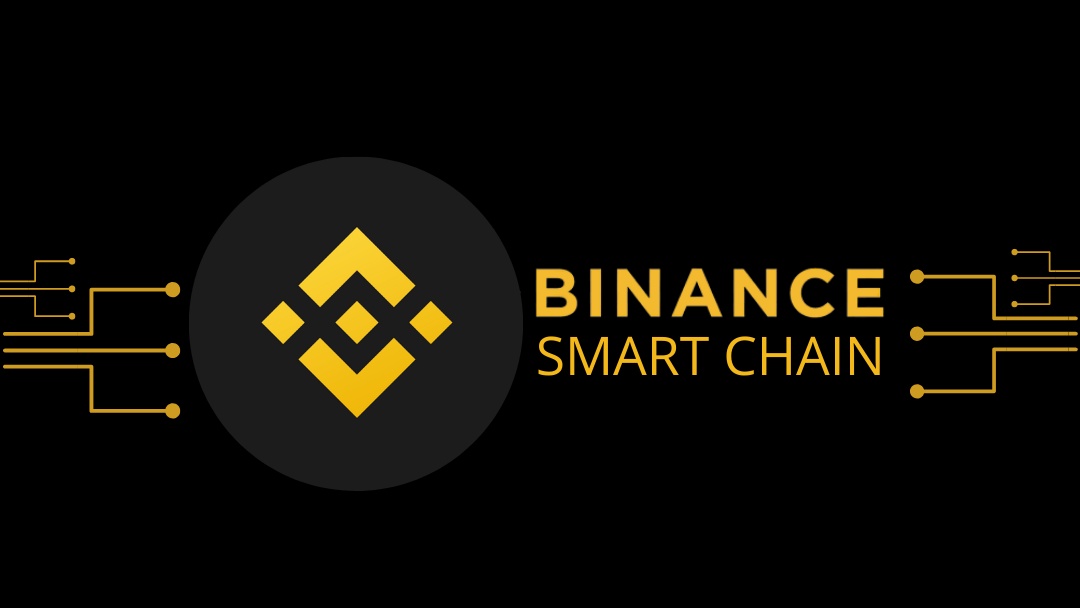Running a Binance Smart Chain node can be a complex task, as it requires a deep understanding of the underlying technology and the ability to optimize the performance of the node. In order to ensure that your Binance Smart Chain node is running at its optimal level, it is important to follow some best practices and tips for optimizing its performance. In this article, we will explore some tips for optimizing the performance of a Binance Smart Chain node.
Use High-Performance Hardware
- One of the most important factors in optimizing the performance of a Binance Smart Chain node is to use high-performance hardware. A fast processor and large amounts of RAM can help your node process transactions and blocks quickly and efficiently. In addition, using an SSD rather than an HDD can greatly improve the speed at which your node can access data.
Optimize Network Configuration
- Another important factor in optimizing the performance of a Binance Smart Chain node is to optimize your network configuration. Make sure that your node has a stable and fast internet connection with low latency and high bandwidth. Additionally, consider setting up a firewall to prevent unauthorized access to your node and avoid running other network-intensive applications on the same machine.
Set Appropriate Gas Limits
- When running a Binance Smart Chain node, it is important to set appropriate gas limits to avoid transaction failures or wasted gas fees. Gas limits determine the maximum amount of gas that can be used for a transaction and should be set based on the estimated gas usage of the transaction. Setting a high gas limit can lead to higher fees, while setting a low gas limit can result in transaction failures. Web3 Infrastructure company helping enterprises and Blockchain startups build, deploy and manage reliable web3 infrastructure.
Stay Up to Date
- Staying up to date with the latest Binance Smart Chain updates and upgrades is important to ensure that your node is running the latest software and has access to the latest features and security improvements. This also includes regularly updating your operating system and software dependencies.
Monitor Performance Metrics
- Monitoring performance metrics is essential for optimizing the performance of your Binance Smart Chain node. Key metrics to monitor include CPU and memory usage, network bandwidth, and disk I/O. By regularly monitoring these metrics, you can identify potential bottlenecks and optimize your node accordingly.
Use a Load Balancer
- Using a load balancer can help distribute incoming traffic evenly across multiple nodes, ensuring that no single node becomes overloaded. This can greatly improve the reliability and scalability of your Binance Smart Chain deployment.
Backup Your Data Regularly
- Backing up your data regularly is important to ensure that you do not lose any critical information in case of hardware failure or other issues. Consider setting up a backup system that automatically backs up your data to a secure location on a regular basis.
In conclusion, optimizing the performance of a Binance Smart Chain node requires a combination of hardware optimization, network configuration, appropriate gas limits, staying up to date, monitoring performance metrics, using a load balancer, and backing up data regularly.


No comments yet